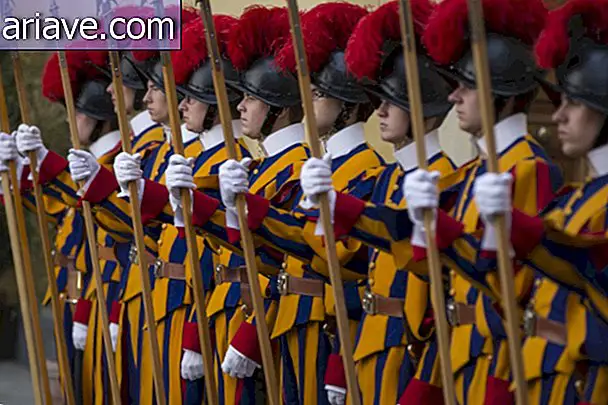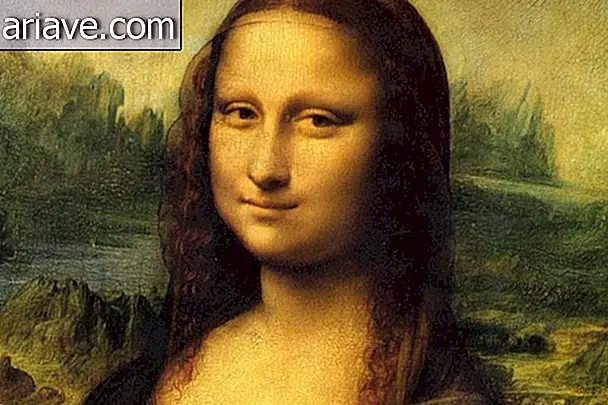Nano Lisa! "DNA Origami" technique is used to shrink artwork
Several versions of Mona Lisa, one of Leonardo da Vinci's most famous works of art, circulate around the world, but the minor title has been earned by Caltech researchers. Using the adaptation of a reduction technique known as "DNA Origami", scholars were able to shrink the painting to the size of a cell.
In order to transform the artwork into “nanowork”, several steps were required: the frame was divided into squares, and each one was folded, creating codes that prevent the wrong edges from being tiled.
Several other experiments were performed by the team, which was successful in almost all. This technique can be used in more practical areas, such as building complex circuits, organic materials, chemical and molecular interactions, among others - all at nano size.

A software to perform the tasks
To ensure that the achievement isn't just with Mona Lisa, the team has developed a program that allows them to diversify their own DNA nanostructures using the technique.
Lulu Qian, one of the researchers, says that "to make our technique readily accessible to other scientists who are interested in exploring applications using micrometer-scale flat DNA nanostructures, we have developed an online software tool that converts the image."

The software has not yet been made available to the public and there is no provision for this to be done, but it will certainly not be free to use, as several external tools are required for the end result to be satisfactory. What did you think of Nano Lisa? Leave your opinion in the comments.
Nano Lisa! "DNA Origami" technique is used to shrink artwork via TecMundo











